Stock Tanks in Texas
7 points to PONDer before you build your stock tank in Texas
1. What is a stock tank?
First off, in Texas, we call it a TANK. Ask a Texan why and the response will likely be (with a smile, of course)….” because Dad called it a tank!” Jim Buck from JB Farm and Ranch told me that. He, together with family and other staff, built and repaired two of our tanks. He was also gracious enough to share some important insight. Jamie Shipman, his daughter, helped formulate his thoughts.
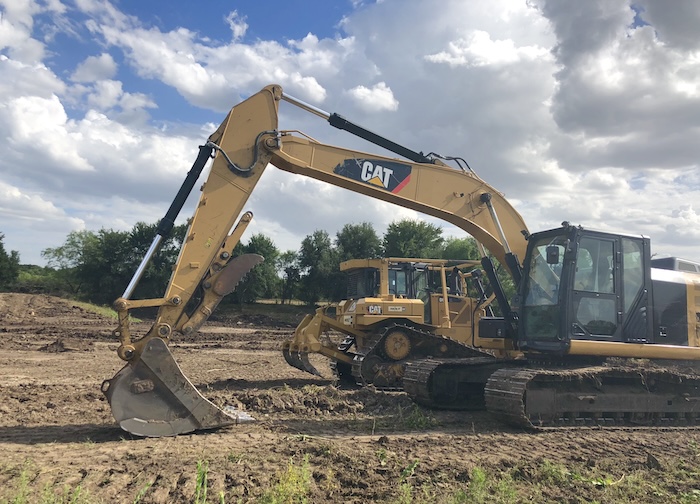
2. Why build a Stock Tank?
Drought conditions are synonymous with raising livestock in Texas. Moreover, livestock need water to survive. Stock tanks are an added resource when creeks dry up. Tanks are man-made and vary in size. They are larger than a pond and smaller than a lake. We should also note that although we have many stock tanks, we also provide access to fresh water in all our pastures.
3. How to build a Stock Tank….
In Texas, the State owns all water in a watercourse. Tanks built on navigable rivers or streams require permits and the use of registered Engineers for construction. Exemptions for permits on smaller non-navigable waterways for livestock purposes do exist, but vary from State to State and within different counties. It is important to be familiar with the regulations in your area before considering the location of your tank, especially if you are considering a location on or near a waterway.
4. The best location for a tank depends, funDAMentally(sorry!), on the lay of the land. An empty stock tank is an eyesore! Filling it naturally and keeping it full is the objective. Similarly, keeping the water clean and free of pollutants is essential. Pumping water from a well is costly when compared with other water resources, such as:
- surface runoff. Understanding the drainage of your land and runoff patterns when planning the size of your tank will go a long way in keeping it flowing. Tanks on top of a hill will be hard to fill.
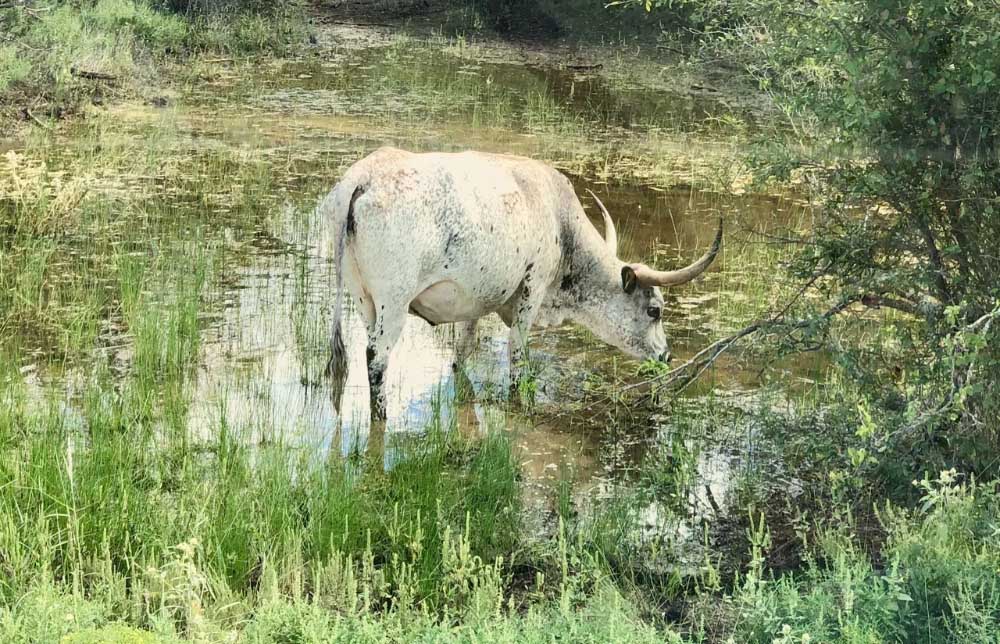
- groundwater. High water tables that keep soil wet and are surrounded by gentle slopes to capture ground runoff are the type of topography worth evaluation.
- springs and creeks. If you are lucky to have a stream or small creek on your property, diverting a portion of its flow will help fill a pond. Without forgetting that permits may be required, capturing seepage from a spring is also a benefit to keeping water clear and clean.
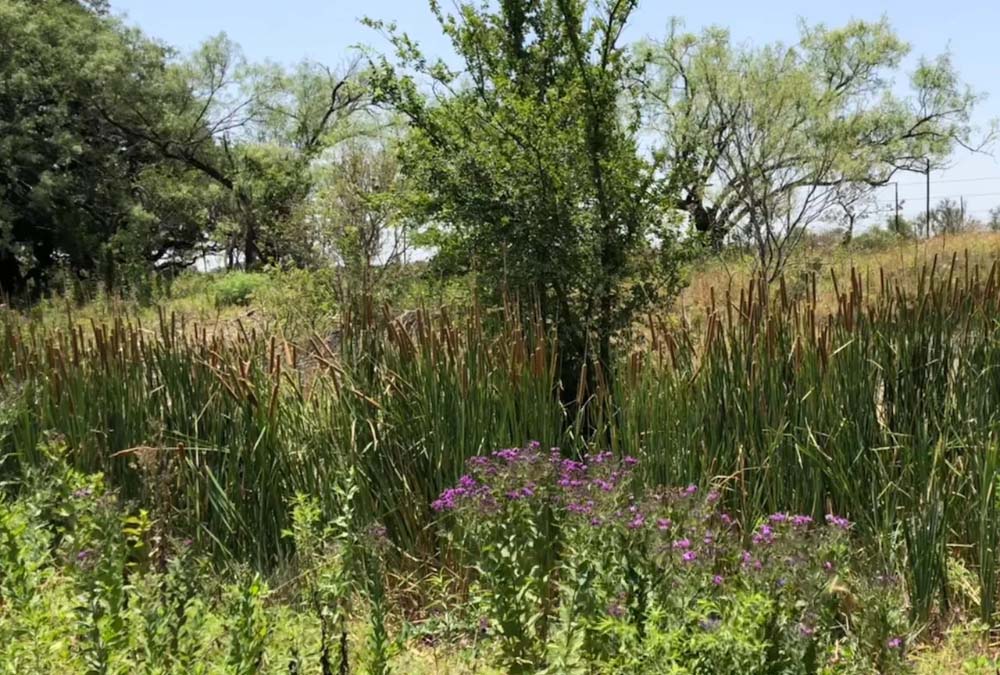
5. Soil is paramount!! There must be enough clay in the soil’s content for a tank to hold water. A tank with sandy soil will leak. ( This sounds like a no-brainer, but it is a common mistake.) If your soil does not have a sufficient ratio of clay, you will need to import a ground cover of silt, clay, or a good base soil to line your tank.
6. Solid rock makes a great tank bottom. However, if you hit fractured rock or fracture the rock in construction, your tank will leak.
7. We love trees, but not on our tank wall. Their roots will cause soil erosion on the tank wall, causing it to leak. Certain trees, like Salt Willows, are even more evasive. They will drink a tank dry at a rate of 100 gallons per 10-inch diameter of tree trunk a day,” according to Jim Buck
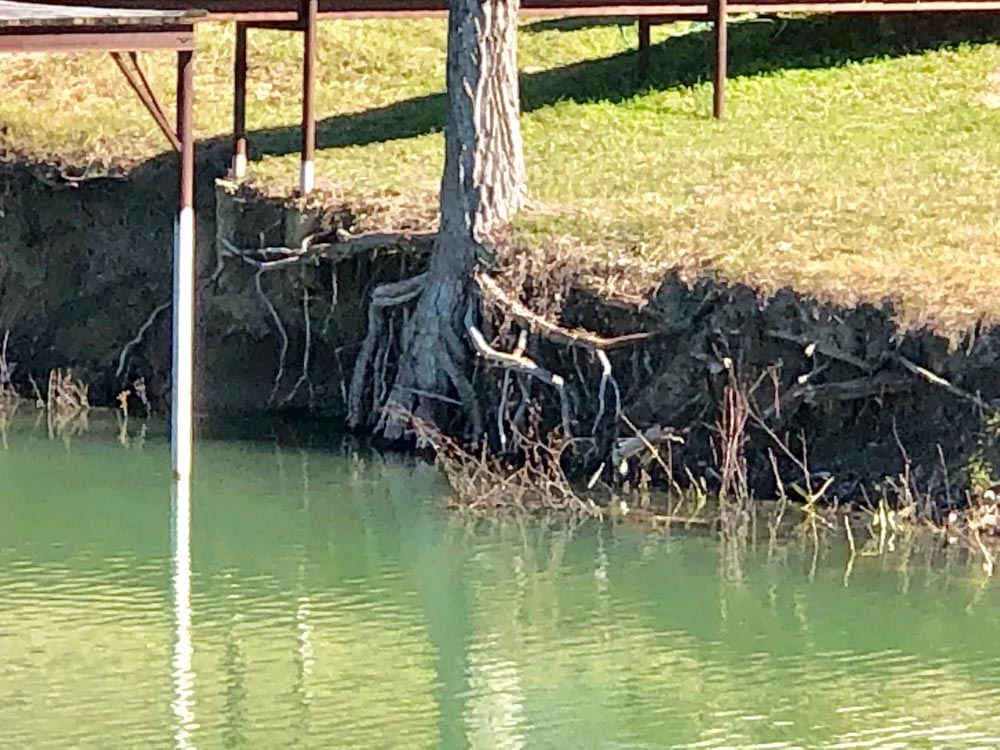
Jim Buck suggests that you consult with an experienced operator to assess the topography of your land, to dig test holes, to evaluate soil, and ultimately to determine the viability of building your tank.
He concludes: “It’s a huge investment and in Texas or in any other place, it is the same……………..runoff, soil, location!”
** Special thanks to JIM BUCK and JAMIE SHIPMAN from JB FARM AND RANCH for their invaluable insight and information for this BLOG **
Thank you for reading our BLOG. Please follow us on Facebook and Instagram @GVRlonghorns
Please SUBSCRIBE AT GVRlonghorns.com
Each one of our Longhorns brings something special to the herd. As a community, they are fascinating. We never imagined how much joy they would bring into our lives. In addition, we enjoy hearing from you. Let us know what you think of our blog, and if you are also lucky enough to have cattle, do they behave similarly/differently or in ways that stand out?
Disclaimer: The material noted above is based on our hands-on experience as farmers, as well as our observations of our own cattle over the years. We have done and continue to do extensive research in order to maintain our herd‘s optimum health and in order to best manage Green Valley Ranch. We respect our animals and would not approach cattle we do not know. All opinions and statements made on our website are meant as guidelines only. We are not trained specialists in animal behavior, nor are we qualified veterinarians or accountants and we urge you to consult a specialist with your concerns.
The content of this blog belongs to GVR Longhorns LLC and may not be copied in any form. ©GVRlonghorns.com All rights reserved.
Please contact us at with any concerns, corrections, or comments with regard to our blog.

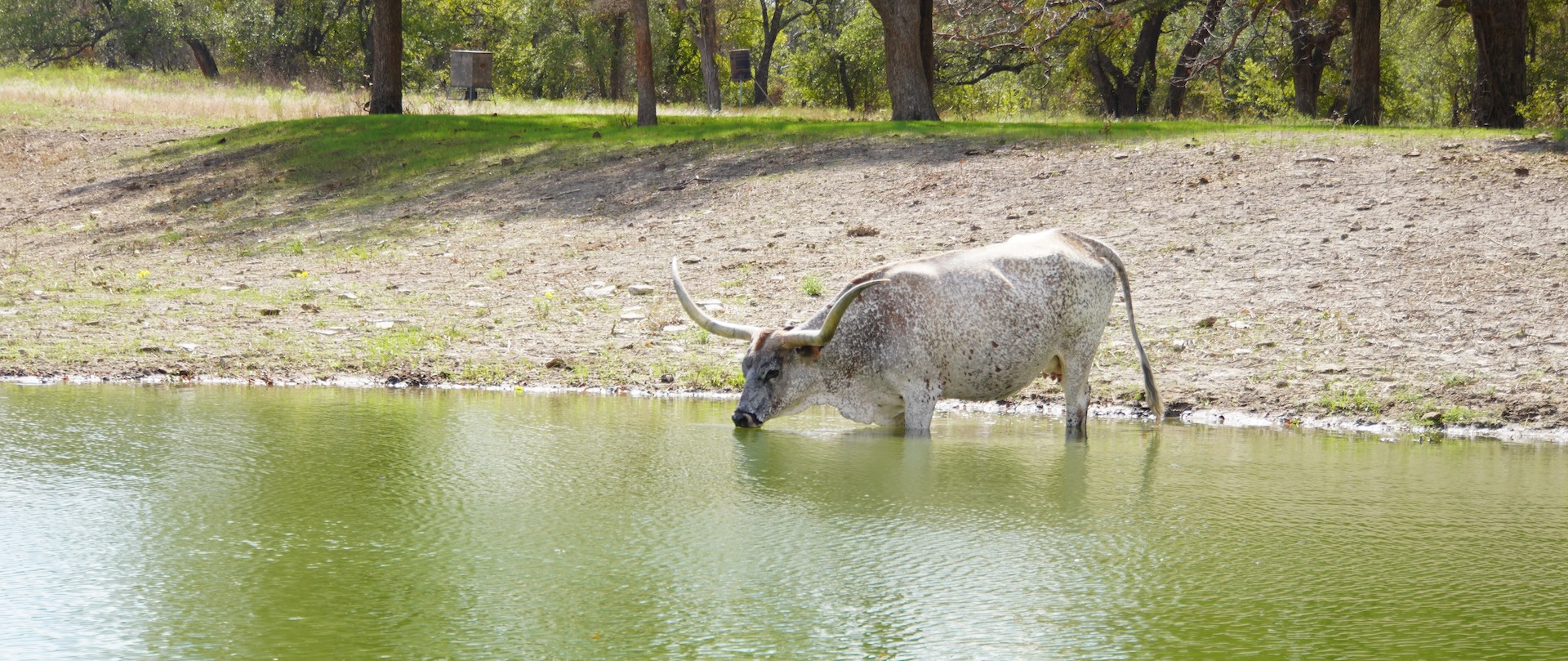
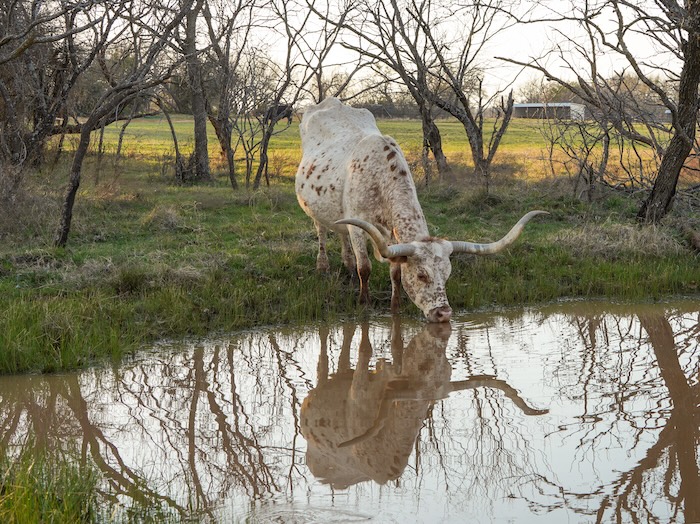
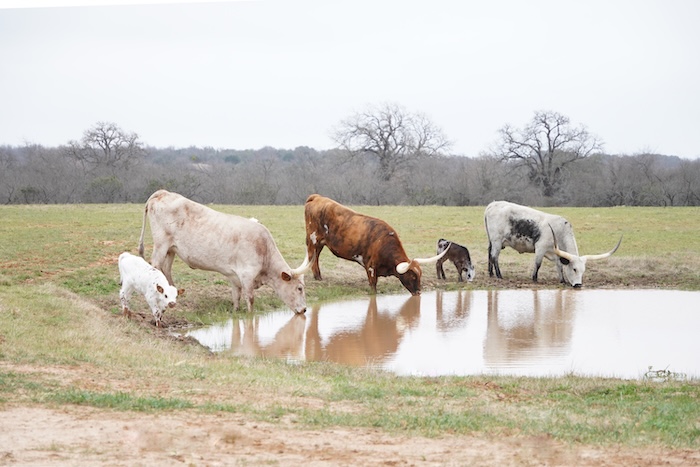
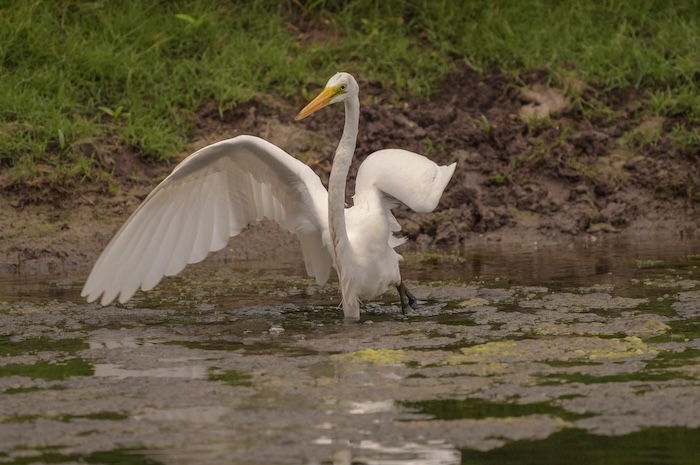
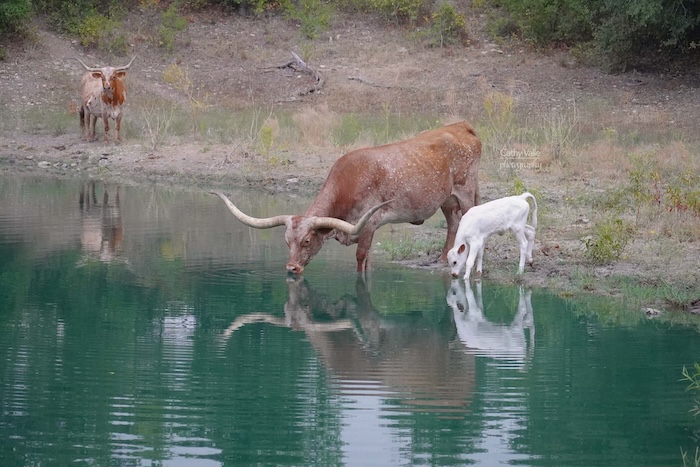
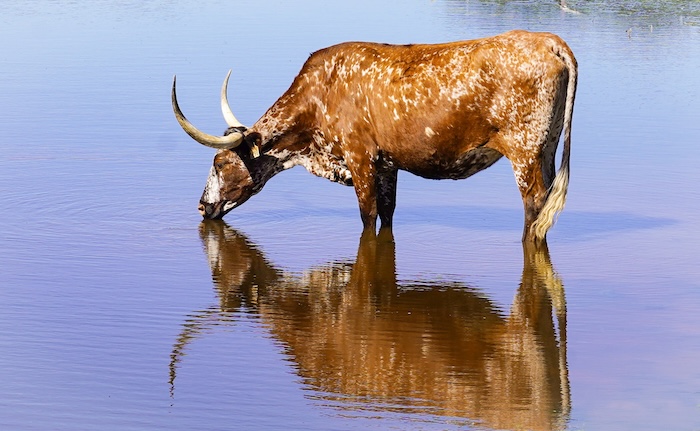
Thank you so much for your post and the information is so enlightened me to what it takes at least I have a better education on tanks. It’s not a pond as we call them but very much appreciated this.
Thank you so much.